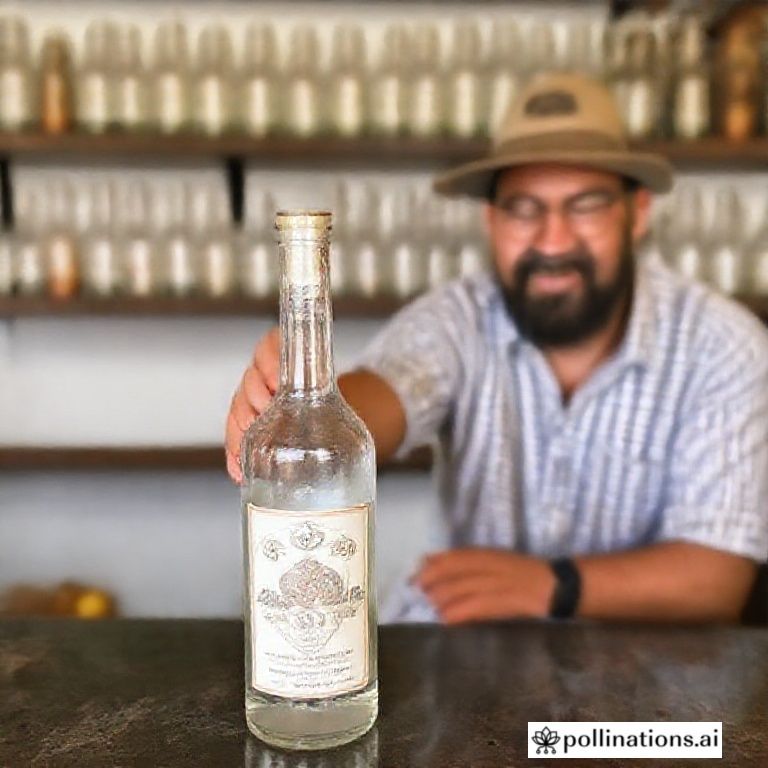Oaxaca, Mexico, is a land brimming with vibrant culture, stunning landscapes, and, of course, the legendary spirit of mezcal. Unlike its cousin tequila, mezcal boasts a smoky depth derived from roasting the agave hearts in underground pits. To truly understand the art and passion behind this iconic drink, we sat down with a local mezcal producer in Oaxaca, Don Rafael, who has been crafting mezcal using traditional methods for over 30 years. This interview offers a glimpse into the heart of mezcal production and the dedication of those who keep this tradition alive.
Don Rafael welcomed us to his small family-run palenque (mezcal distillery) nestled in the rolling hills outside Oaxaca City. The air was thick with the sweet, earthy aroma of roasting agave, and the rhythmic sounds of chopping and grinding echoed through the valley. He shared his insights on everything from agave cultivation to the nuances of distillation, offering a unique perspective on the mezcal-making process.
The Legacy of Mezcal: A Family Tradition
For Don Rafael, mezcal production is more than just a business; it’s a deeply ingrained family tradition passed down through generations. He learned the craft from his grandfather, who in turn learned it from his father. This lineage is vital to maintaining the authenticity and quality of the mezcal.
What does mezcal mean to you and your family?
“Mezcal is our heritage, our livelihood, and our connection to this land. It’s how we honor our ancestors and provide for our families. It’s a symbol of our culture and the hard work we put in every day,” Don Rafael explained, his eyes filled with pride. He emphasizes the importance of respecting the agave plant and the traditional methods that have been used for centuries.
From Agave Field to the Bottle: The Mezcal-Making Process
The process of making mezcal is labor-intensive and requires patience, skill, and a deep understanding of the agave plant. Don Rafael walked us through each step, explaining the intricacies involved.
Cultivating the Agave
The process begins with the agave plant, which takes several years to mature, depending on the species. Don Rafael primarily uses Espadin agave, the most common variety, but he also cultivates rarer types like Tobala and Tepextate. These wild agaves impart unique flavors to the mezcal. “The quality of the agave is the foundation of good mezcal,” he said, showing us his agave fields stretching across the hillside. “We care for the plants, ensuring they have enough water and nutrients.”
Roasting and Grinding
Once the agave is harvested, the hearts, or piñas, are roasted in an earthen pit lined with hot stones. This process, which can take several days, imparts the characteristic smoky flavor to the mezcal. After roasting, the piñas are crushed, traditionally using a tahona (a large stone wheel turned by a horse or donkey) to extract the sugars.
Fermentation and Distillation
The extracted juice is then fermented in wooden vats using natural yeasts. This process can take several weeks, depending on the temperature and humidity. Finally, the fermented liquid is distilled, typically twice, in copper or clay stills. Don Rafael carefully monitors the distillation process, adjusting the heat and flow to achieve the desired flavor profile. He explained that experience is key to knowing when the mezcal is just right.
The Challenges and Rewards of Traditional Mezcal Production
While the art of mezcal production is rewarding, it also presents challenges, especially for small, independent producers like Don Rafael. Competing with larger industrial producers, accessing markets, and ensuring the sustainability of agave cultivation are ongoing concerns.
Sustainability and the Future of Mezcal
Don Rafael is committed to sustainable practices. He replants agave after harvesting, promotes biodiversity in his fields, and minimizes water usage. “We must protect the environment and ensure that future generations can continue to enjoy mezcal,” he stated. He also participates in local initiatives to promote responsible mezcal consumption and educate consumers about the importance of supporting traditional producers.
The Rewards of Passion
Despite the challenges, Don Rafael’s passion for mezcal remains unwavering. He finds immense satisfaction in crafting a product that reflects his culture, his family’s heritage, and the unique terroir of Oaxaca. The smiles on the faces of those who savor his mezcal are the ultimate reward.
Conclusion
Our interview with Don Rafael offered a captivating glimpse into the world of traditional mezcal production in Oaxaca. His dedication to preserving his family’s heritage, his commitment to sustainable practices, and his unwavering passion for crafting exceptional mezcal are truly inspiring. The next time you enjoy a glass of mezcal, remember the hard work, the tradition, and the love that goes into every drop.
If you enjoyed this article, don’t forget to explore more inspiring stories on Life in Mexico!
IMAGE: A heartwarming, sun-drenched outdoor portrait of Don Rafael, a weathered but kind-faced mezcal producer in Oaxaca, standing proudly in front of his traditional palenque. He is wearing a simple, traditional shirt and a straw hat. In the background, there are agave fields and a rustic stone building. The scene exudes warmth, authenticity, and a deep connection to the land. Shot in a realistic, documentary style.


